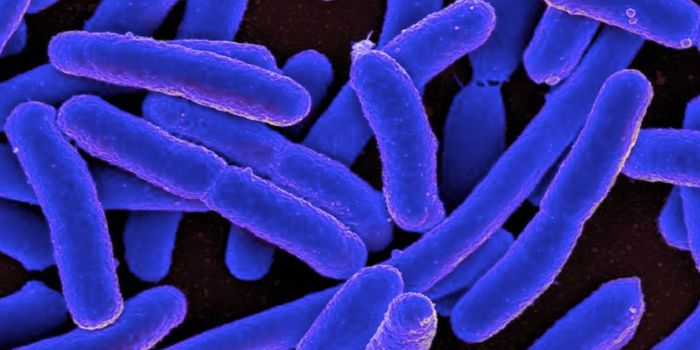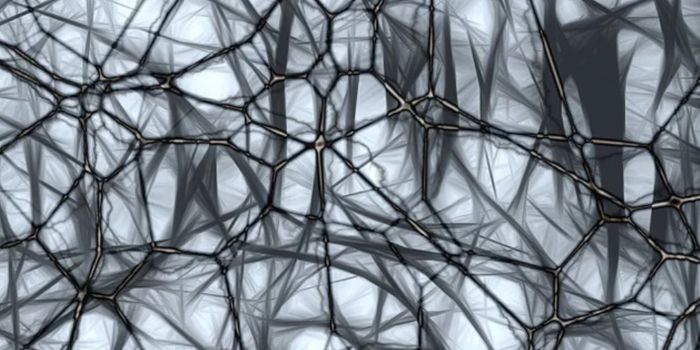Brain Fungal Infections Cause Alzheimer's Symptoms
Fungal infections can affect anyone, although people with weakened immune systems are at highest risk. The US Food and Drug Administration considers the treatment of invasive fungal infections an "unmet need." There are only a handful of effective antifungal drugs. New drugs for treating fungal infections can be particularly hard to develop in part because fungi are made, broadly, of the same types of cells as humans - eukaryotic cells. While the threat of fungal infections is expected to get worse as climate change continues to affect the globe, these organisms could already be causing a lot of problems for people. Some research has suggested that these infections could be related to chronic neurodegeneration. Now, a new study has explored how fungi might be causing neurodegeneration. The findings have been published in Cell Reports.
In this study, the investigators used an animal model to show that the fungus Candida albicans can enter the brain, which triggers two defensive mechanisms in brain cells. This leads to the production of petides that resemble amyloid beta, which build up in the brain and are a considered a hallmark of Alzheimer's disease.
Scientists in the lab of Dr. David Corry, Chair and Professor of pathology and immunology and medicine at Baylor College of Medicine, have spent years studying fungi. Previous work by this team showed that Candida can get into the brain, creating conditions that are like Alzheimer's disease.
In this study, they found that Candida releases enzymes known as secreted aspartic proteases (Saps) that can break the blood brain barrier down and allow the fungus to enter and cause damage.
In a mouse model, Candida infections could be effectively eliminated from the brain within about ten days. This study showed that immune cells in the brain called microglia are crucial to this process.
The researchers also discovered that the fungal Saps that open the blood brain barrier also degrade the amyloid precursor protein into peptides that resemble amyloid beta, noted first study author Dr. Yifan Wu, postdoctoral scientist in the Corry lab. "These peptides activate microglial brain cells via a cell surface receptor called Toll-like receptor 4, which keeps the fungi load low in the brain, but does not clear the infection," added Wu.
Anther protein generated by Candida called candidalysin can use another receptor to bind to microglia. Microglia are activated by this link, which is required for the removal of Candida from the brain, Wu explained. Without this process, fungal infections cannot be effectively eliminated from the brain.
"This work potentially contributes an important new piece of the puzzle regarding the development of Alzheimer's disease," Corry said. "The current explanation for this condition is that it is mostly the result of the accumulation of toxic [amyloid beta]-like peptides in the brain that leads to neurodegeneration. The dominant thinking is that these peptides are produced endogenously; our own brain proteases break down the amyloid precursor proteins generating the toxic [amyloid-beta] peptides."
This study has shown that Candida can also produce amyloid beta-like peptides. This is a common fungus that has previously been identified in the brains of Alzheimer's patients.
"We propose that the brain [amyloid-beta]-peptide aggregates that characterize multiple Candida-associated neurodegenerative conditions including Alzheimer's disease, Parkinson's disease and others, may be generated both intrinsically by the brain and by C. albicans," Corry said.
While more research will be needed to understand these findings, they open up a new avenue for the exploration and treatment of Alzheimer's disease, the most common form of dementia, and potentially other neurodgenerative conditions.
Sources: Baylor College of Medicine, Cell Reports









